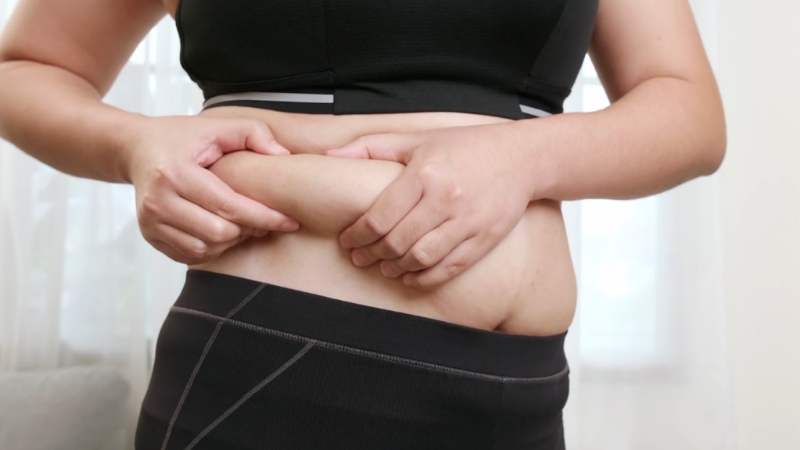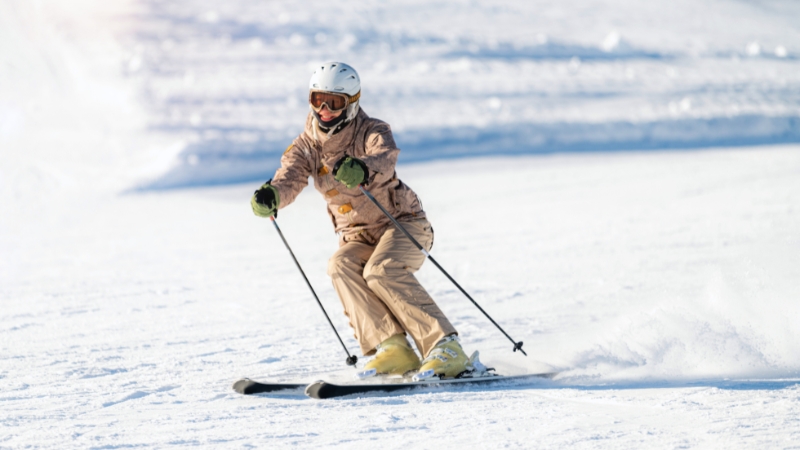
Share Post:
Let me take you back to my early days of strength training—a time when I thought I had squats all figured out. I was feeling pretty confident, loading up the barbell like a champ, but something was missing. No matter how hard I pushed, my inner thighs and glutes just weren’t getting the attention they deserved.
The first time I widened my stance, pointed my toes out, and dropped into that deep squat—I felt muscles firing that I didn’t even know I had! Now, I want to share that discovery with you. Trust me, once you’ve got this move down, you’ll never look back.
Table of Contents
ToggleSet Your Stance
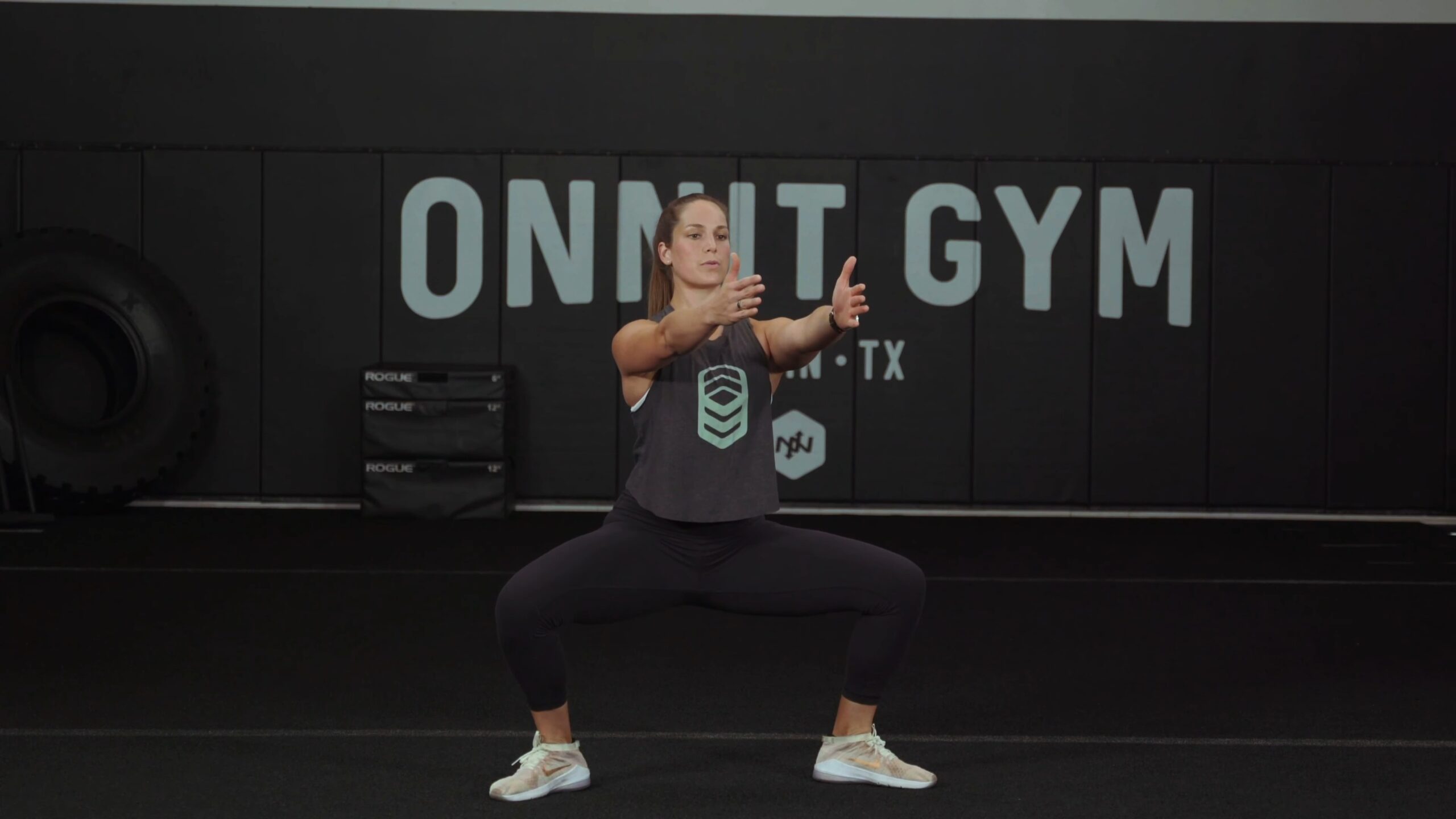
A good sumo squat starts with finding the right stance. Stand with your feet wider than shoulder-width apart, and angle your toes outwards at about 45 degrees. The exact width depends on what feels comfortable and flexible for you, but generally, the wider your stance, the more you’ll work your inner thighs.
Initiate the Movement
Bend the Knees!
Once your hips are hinged back, start bending your knees to lower your body. Make sure your knees follow the direction of your toes as you move. If your knees start caving in or going too far forward, you might be off balance or using the wrong muscles.
Achieve Proper Depth
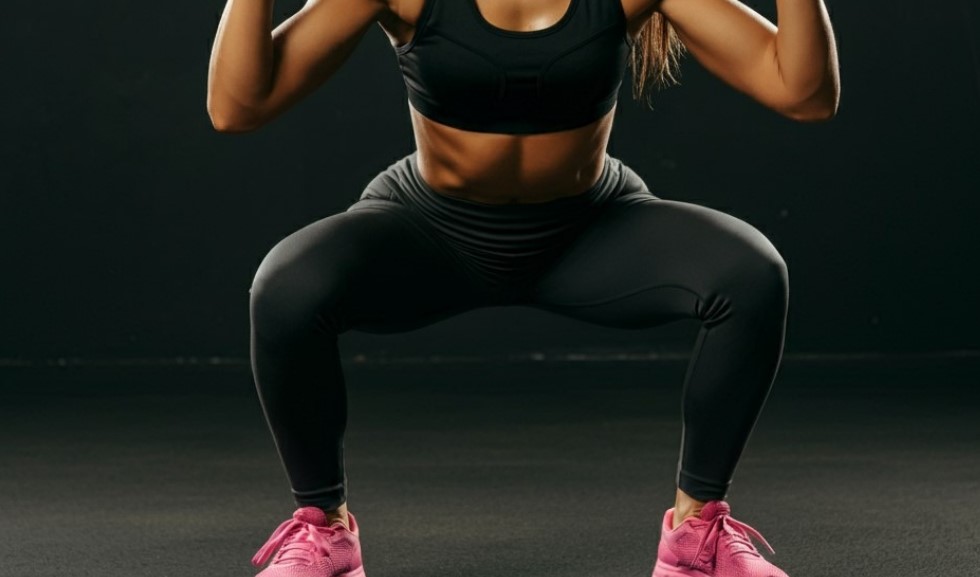
Return to Standing
To stand back up, push through your heels while straightening your legs. This helps to activate your glutes and ensures that you’re using the right muscles to complete the movement. As you return to the starting position, squeeze your glutes to fully engage them. This also helps reinforce good posture at the top of the movement.
Breathing Technique
Breathing might not be the first thing that comes to your mind, but it’s super important for keeping you stable and strong during squats.
- Inhale on the Way Down: Take a deep breath as you lower your body. This helps to brace your core and maintain balance.
- Exhale on the Way Up: As you push through your heels to stand back up, exhale steadily. This aids in controlling your ascent and keeps you grounded.
What to Avoid
There are a few mistakes that might seem minor but could actually leave you injured.
Knees Caving In
One of the most common mistakes in sumo squats is letting the knees cave inwards as you squat. This not only reduces the effectiveness of the exercise but can also lead to injury.
Focus on pushing your knees outwards as you lower yourself. You can imagine spreading the floor apart with your feet to help engage the right muscles.
Leaning Forward
Leaning too far forward puts unnecessary strain on your lower back and reduces the engagement of your glutes and thighs.
Keep your chest up and engage your core throughout the movement. You can practice in front of a mirror to ensure your back stays straight.
Shallow Squats
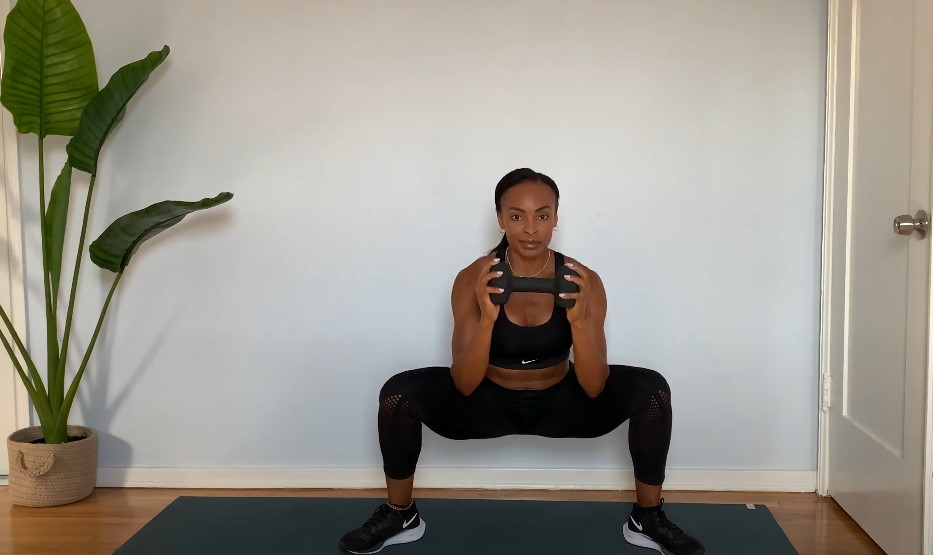
Not squatting deep enough limits the activation of your muscles, particularly the glutes.
Work on your flexibility to allow for a deeper squat. Start with a wider stance and gradually increase your range of motion as you become more comfortable.
Raising Heels
If your heels lift off the ground during the squat, you’re likely shifting your weight forward, which can lead to poor form and instability.
Focus on keeping your weight centered over your heels. You can also try squatting barefoot or with flat-soled shoes to improve your connection with the ground.
Advanced Variations and Progressions
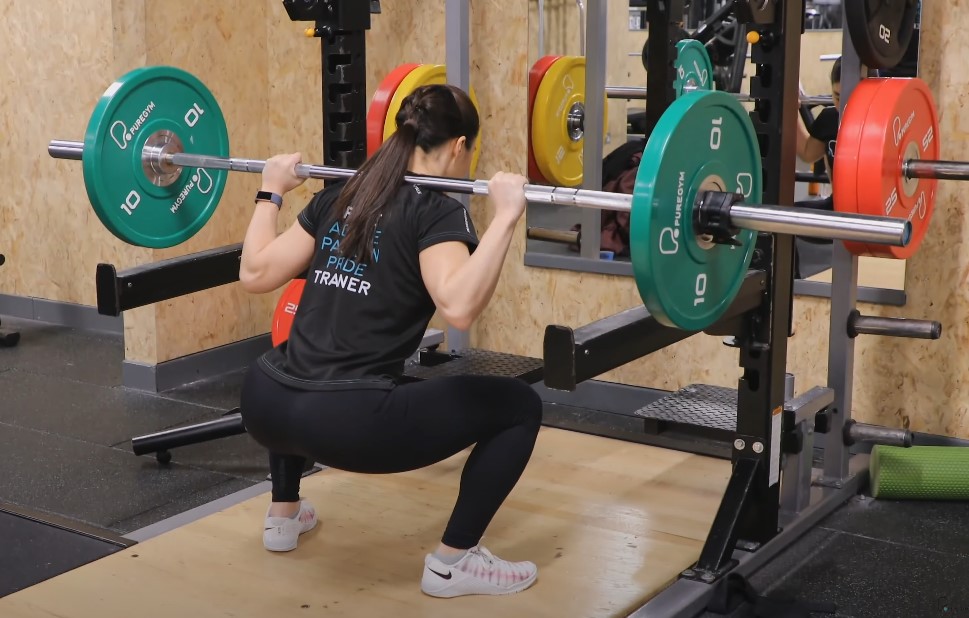
Once you’ve mastered the basic sumo squat, you can challenge yourself with advanced variations. Here are a few to consider:
1. Sumo Squat with a Kettlebell or Dumbbell
Want to build more strength? Try adding some weight. If you’re having trouble holding the dumbbells or kettlebells near your shoulders, it may because of a weak core. Try using a Strength Shop weightlifting belt to help stabilize your core and prevent injuries.”
2. Pulse Sumo Squats
Pulsing at the bottom of the squat increases time under tension, which can lead to greater muscle activation.
3. Sumo Squat to Calf Raise
To target your lower legs too, add a calf raise at the top of your squat.
Don’t Skip the Warm-Up!
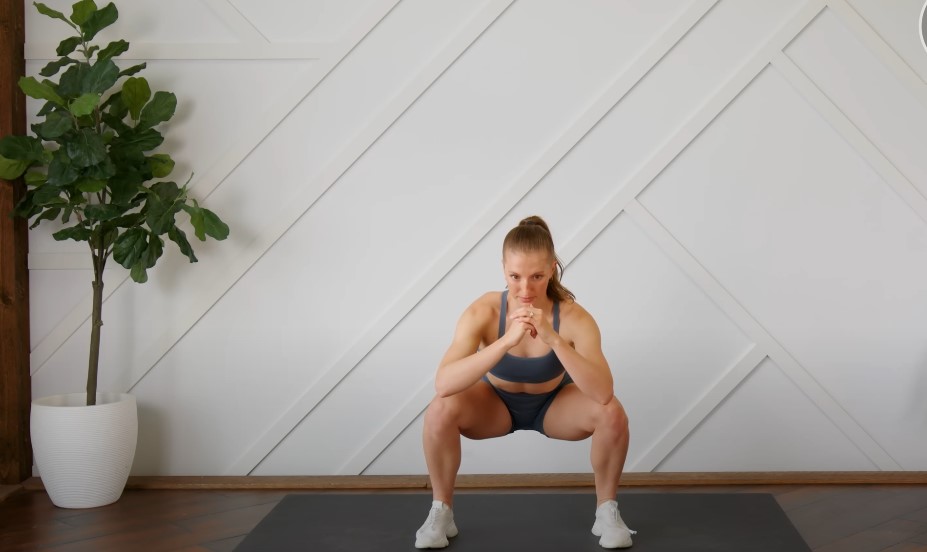
Always start with a warm-up to prepare your muscles and joints for exercise. Dynamic stretches focusing on the hips, quads, and hamstrings are ideal before performing sumo squats.
Mixing It Up with Other Exercises
Sumo squats are great on their own, but they really shine when you mix them with other lower-body moves. Try pairing them with lunges, deadlifts, or leg presses for a full-on leg day that hits all the major muscles.
Additionally, incorporating a Hyrox workout can elevate your routine by adding functional fitness elements that challenge your endurance and strength. This combination not only enhances muscle engagement but also keeps your workouts dynamic and exciting!
Don’t Forget to Rest
As with any workout, rest, and recovery are super important. Make sure you’re giving your muscles a break before hitting them again. Doing sumo squats two to three times a week is a solid routine that allows your body to recover and get stronger.
The Bottom Line
Give this exercise a try. Stick with it, keep your form in check, and before you know it, you’ll start noticing the difference—not just in the mirror, but in how you feel every day.
Related Posts:
- How to Perfect Your Box Squat Form - A Step-by-Step Guide
- How to Perfect Your Bent Over Lateral Raise Form
- Incline Hammer Curls 101 - Learn The Proper Form & Tricks
- Cajun Dip Dressing - How to Make the Perfect Sauce
- Gym Etiquette Guide - Graceful Tips for Staying…
- Zone 2 Cardio Guide for Endurance, Incredible…








